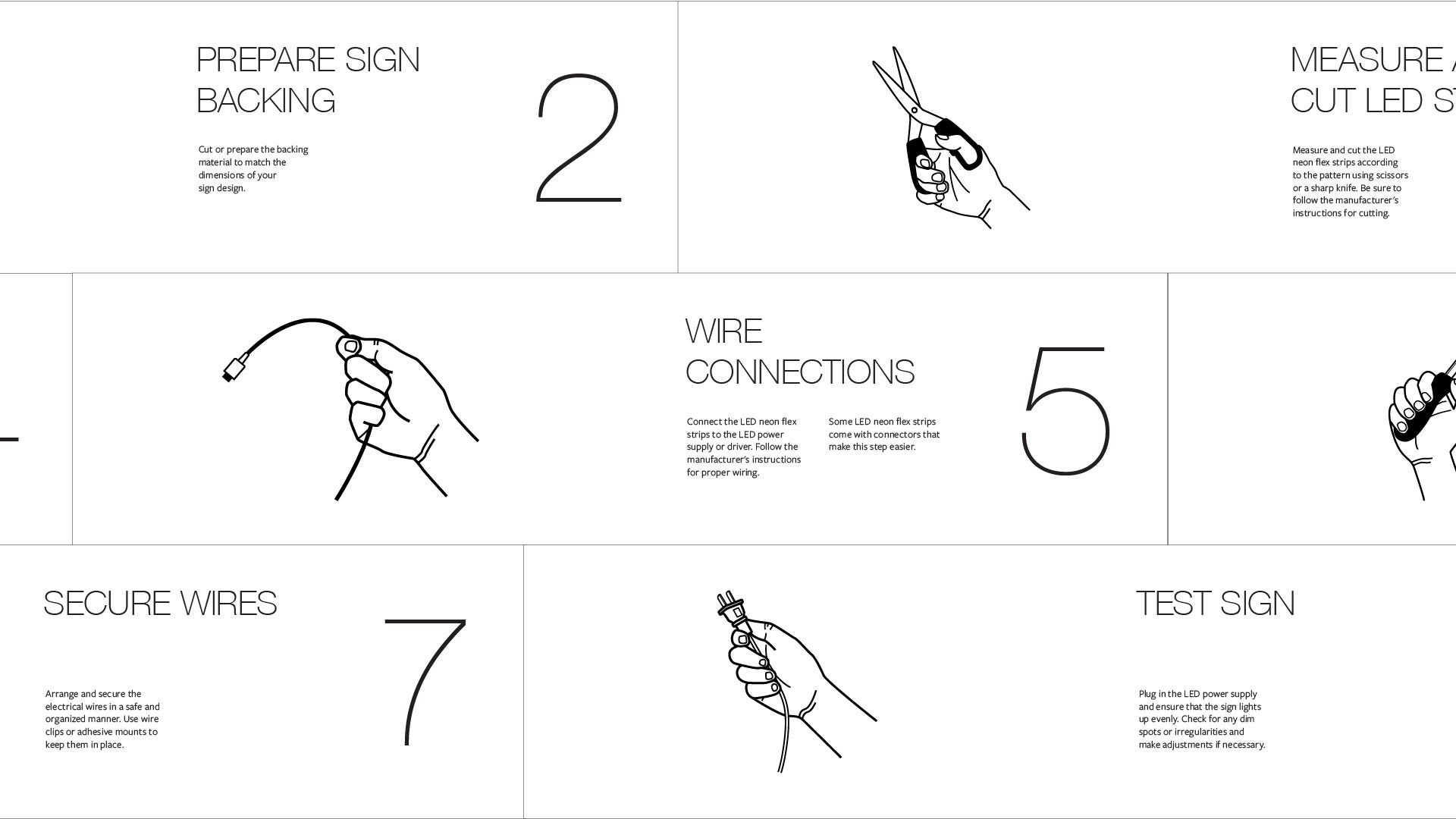Lumina: A Neon History

Lumina sparks creativity and celebrates the artistry of neon illumination

Lumina is an immersive exploration of neon signs, offering a captivating journey through its catalogue and instructional booklet. From vibrant displays to DIY guides, it invites readers to embrace the enchanted glow of neon in their own spaces.


Lumina illuminates the fascinating world of neon signs through a comprehensive catalogue and instructional booklet. Dealing into the origins of neon signs, the catalogue traces their evolution from early experimentation to widespread popularity, offering insights into the cultural impact of these icon light fixtures. Exploring the science behind neon illumination, it showcases the mesmerizing colours produced by the five commonly used gases, adding a vibrant dimension to the narrative. Included are lesser-known categories such as skeletal, directional, and channel. Here, the catalogue provides a comprehensive overview of the diverse forms and functions of neon signs. From minimalist designs to bold statements, each category offers a unique glimpse into the versatility and artistry of neon craftsmanship.
Complementing the catalogue, the instructional booklet empowers enthusiasts to create their own neon signs, whether for industrial-grade business signage or smaller LED displays. With step-by-step guidance and expert tips, Lumina invites readers to explore their creativity and bring the enchanting glow of neon into their own spaces. This extensive approach not only celebrates the rich history and cultural significance of neon signs, but also equips individuals with the knowledge and tools to engage with this timeless art forms on a personal level, fostering a deeper appreciation for its enduring allure.

Helium
Helium produces a pinkish-red glow when excited. However, helium is rarely used as the primary gas in neon signs because its characteristic colour is not as intense.
Neon
Neon gas emits a reddish-orange glow when electrified. This is the characteristic colour most people associate with neon signs.
Argon
Argon produces a blue-violet light when electrically charged. This colour is less commonly used than neon but still popular for creating a cool, futuristic look.
Krypton
Krypton emits a pale lavender light when energized, which is quite distinct from the colours produced by neon and argon.
Xenon
Xenon produces a pale blue glow, similar to argon but with a slightly different shade.
Let’s connect and work together: